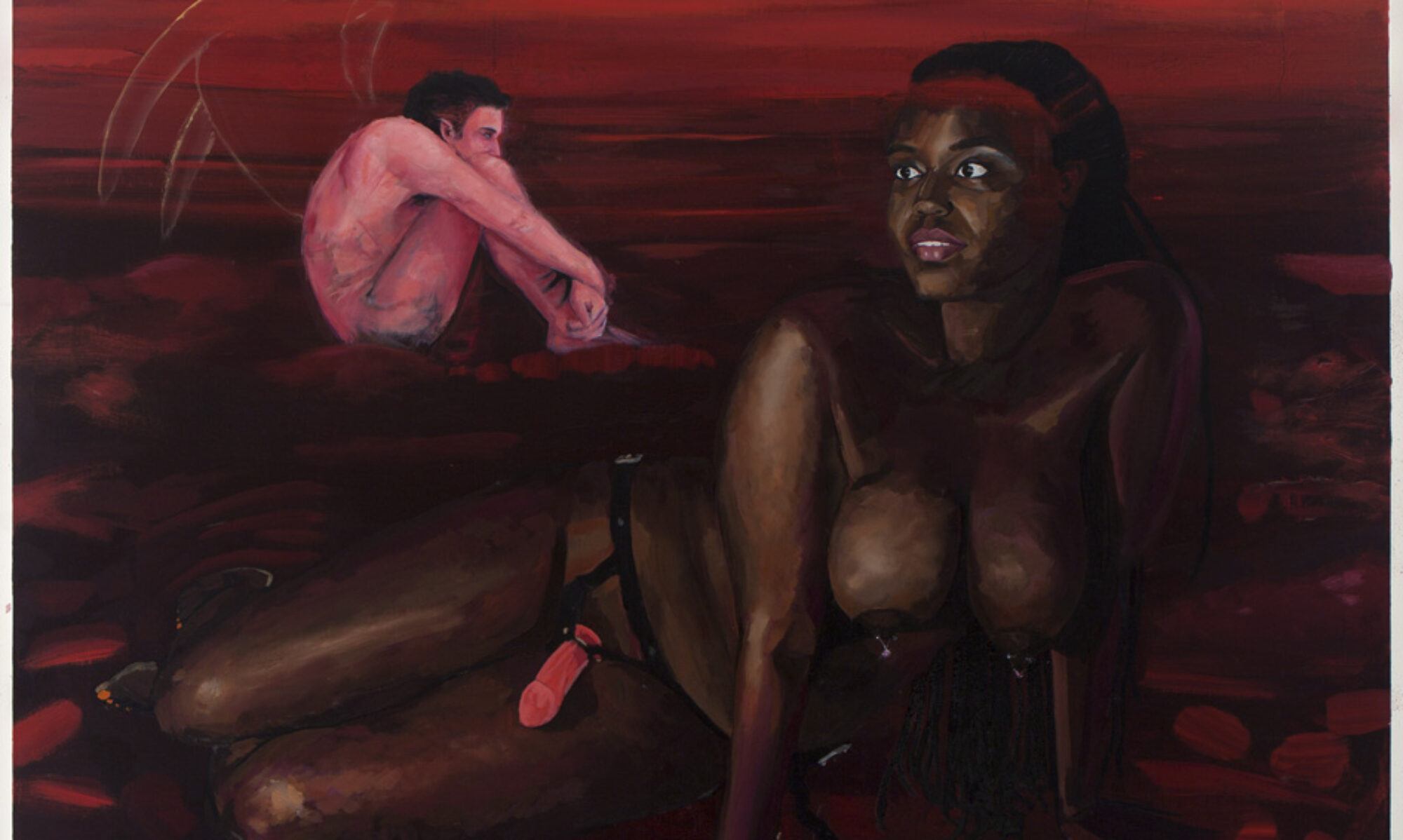
Blue Moon, oil on canvas, 2023
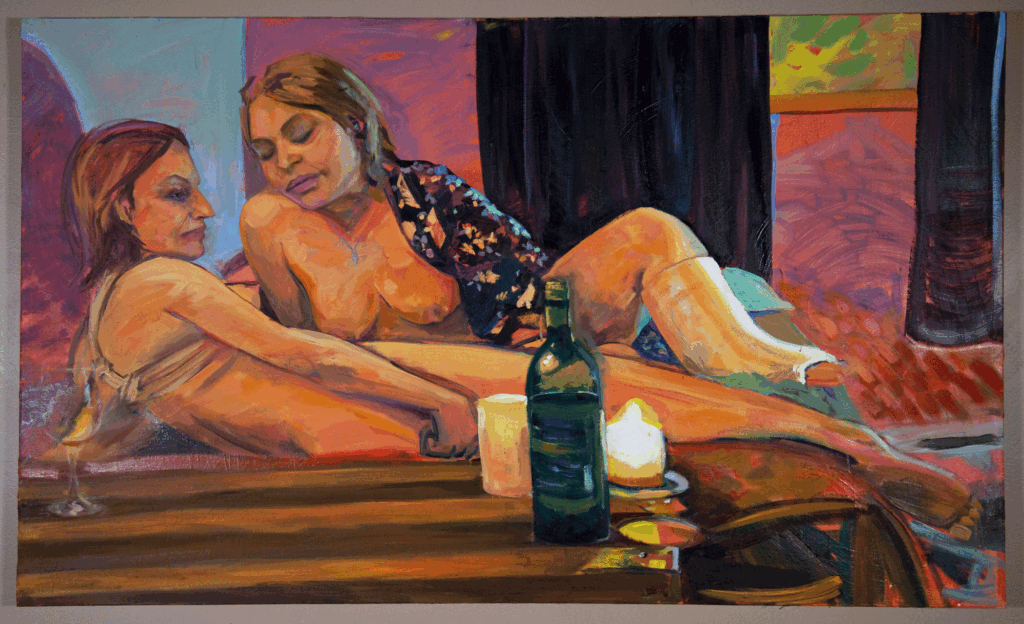
The Witches’ Sabbath, oil on canvas, 36″ x 60″, 2022
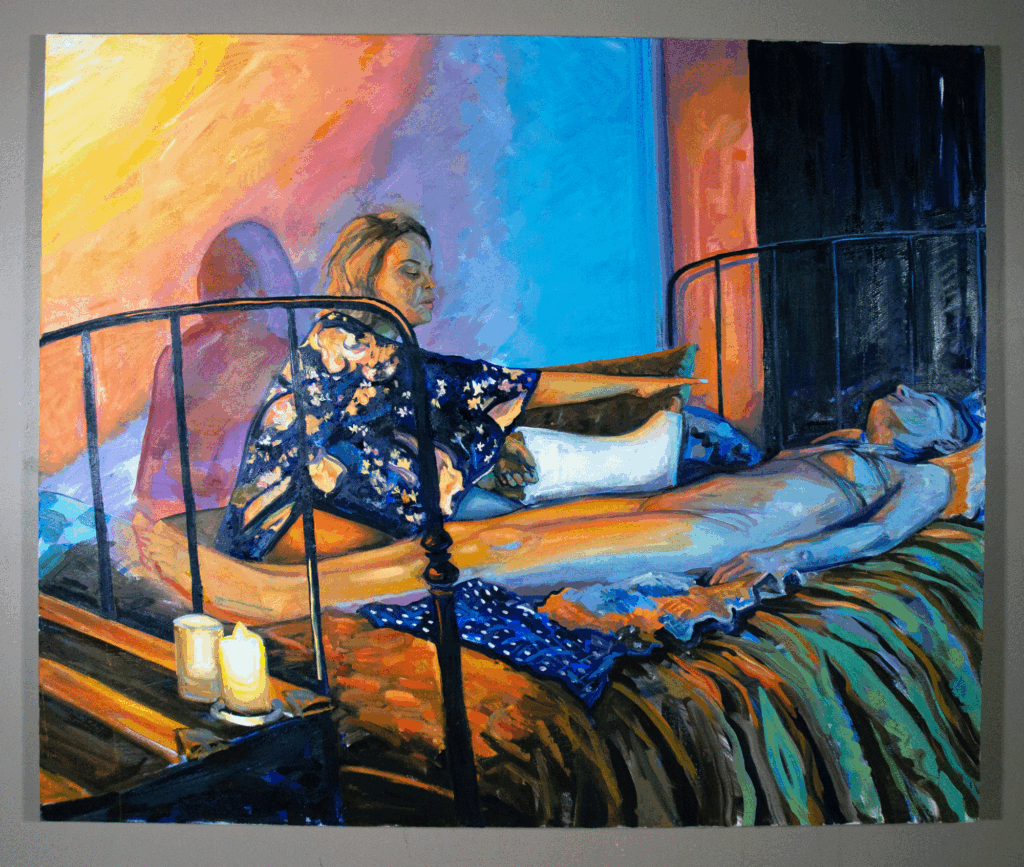
Sacral, oil on canvas, 60″ x 72″, 2022
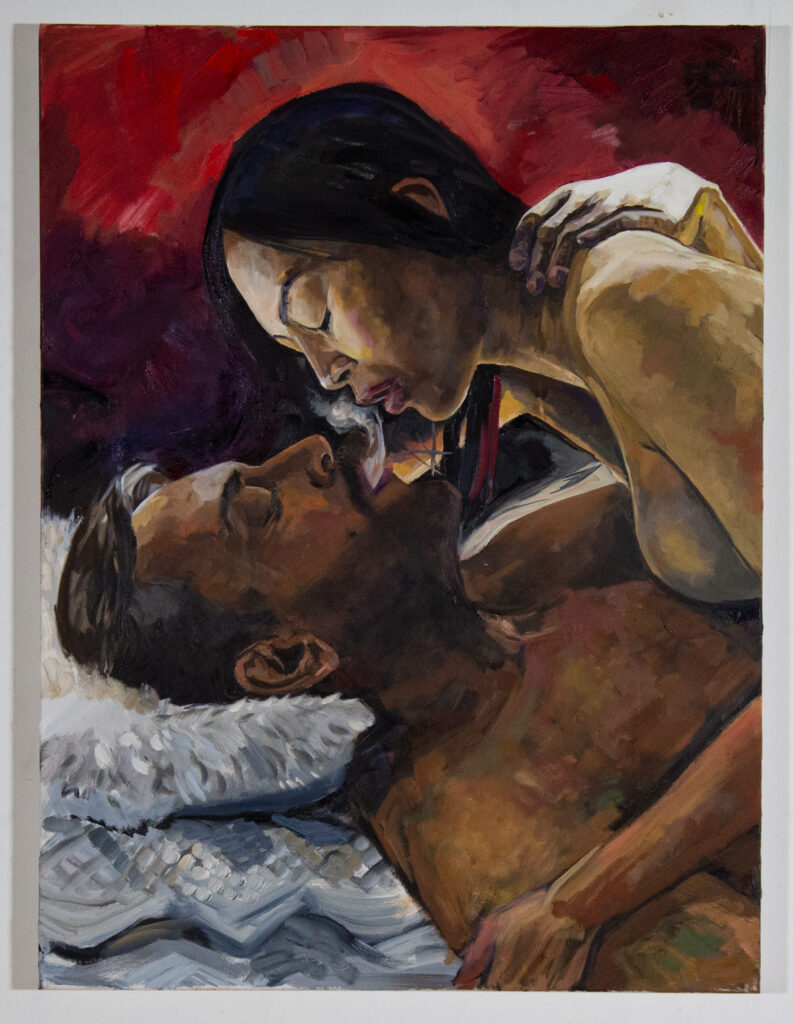
Shared Breath, oil on canvas, 2022
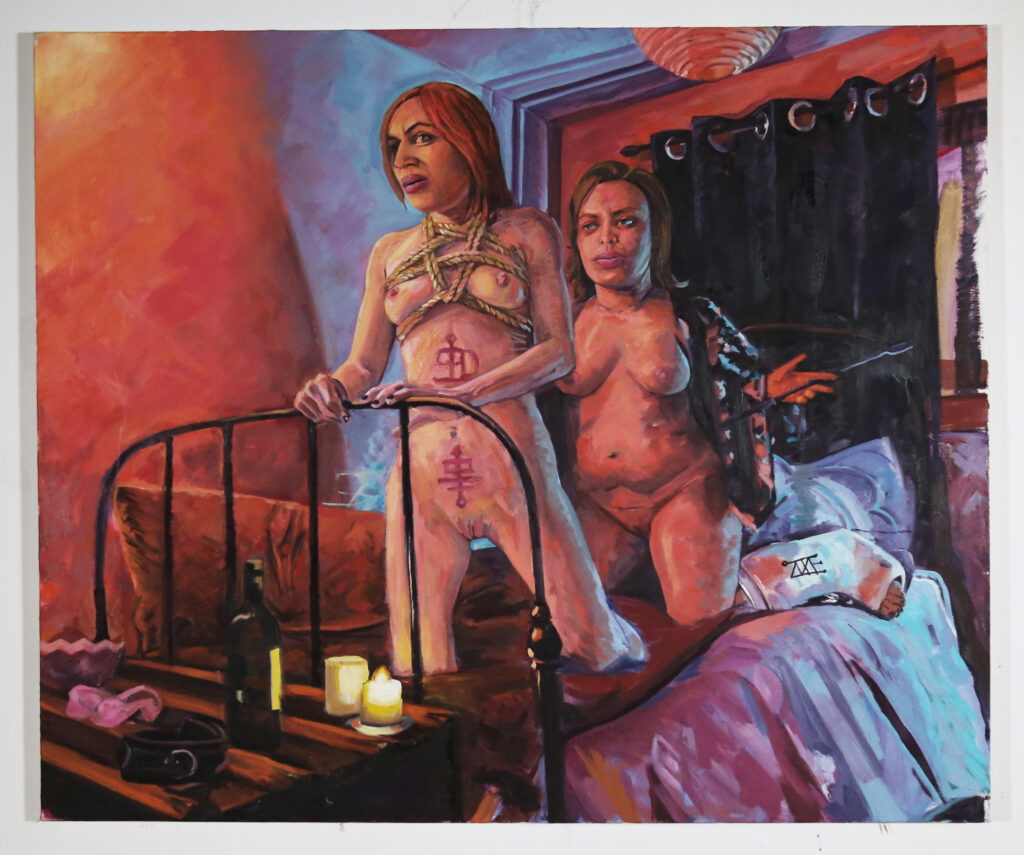
The Witching Hour, oil on canvas, 60″ x 72″, 2021
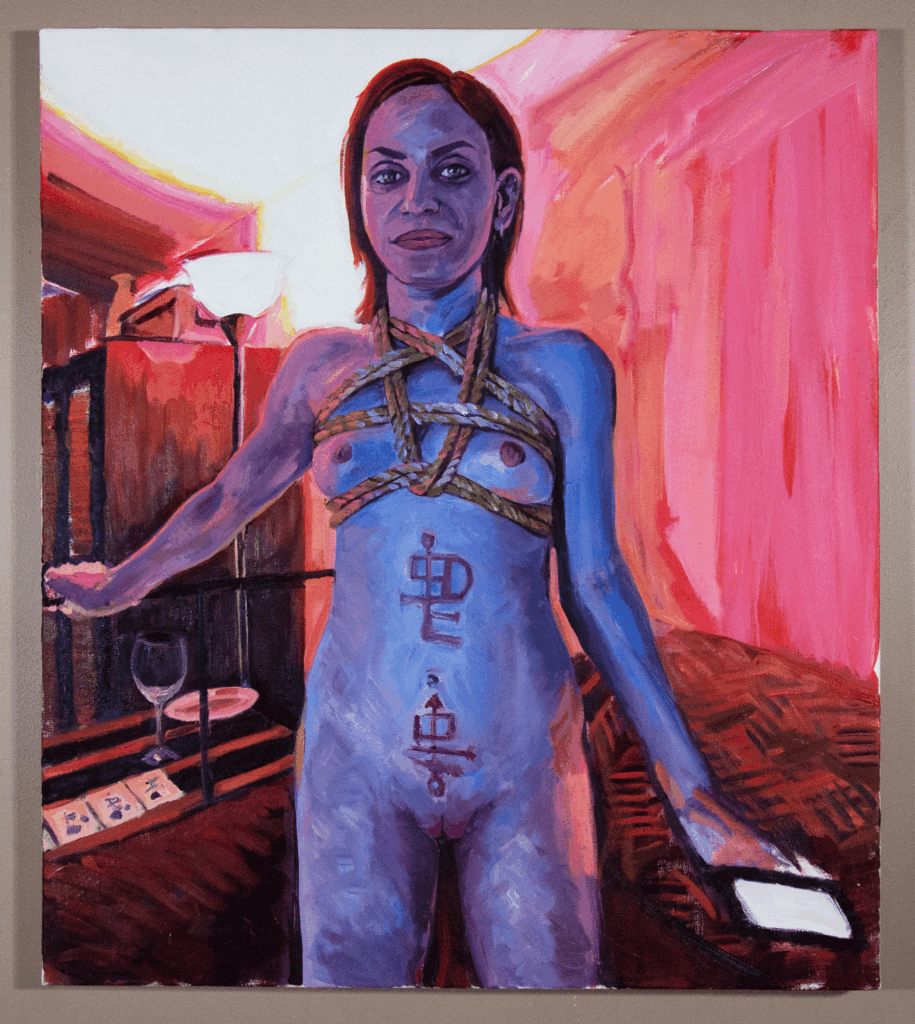
Sigil Bearer, oil on canvas, 2021
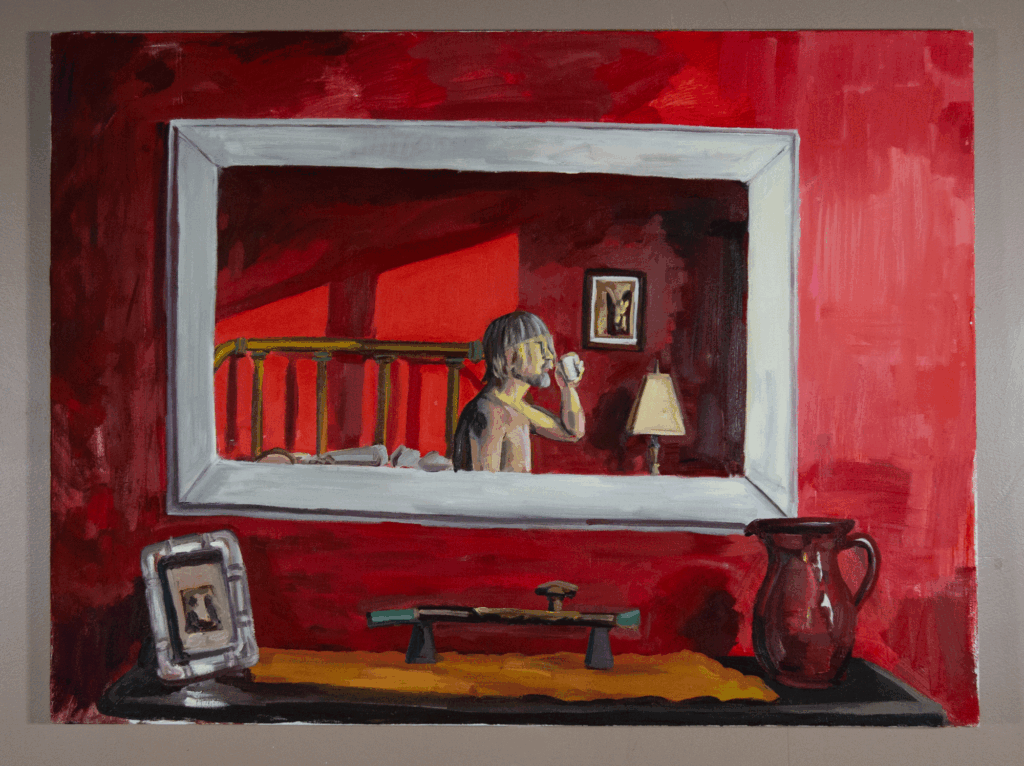
My Sun One Early Morning Did Shine, oil on canvas, 2021
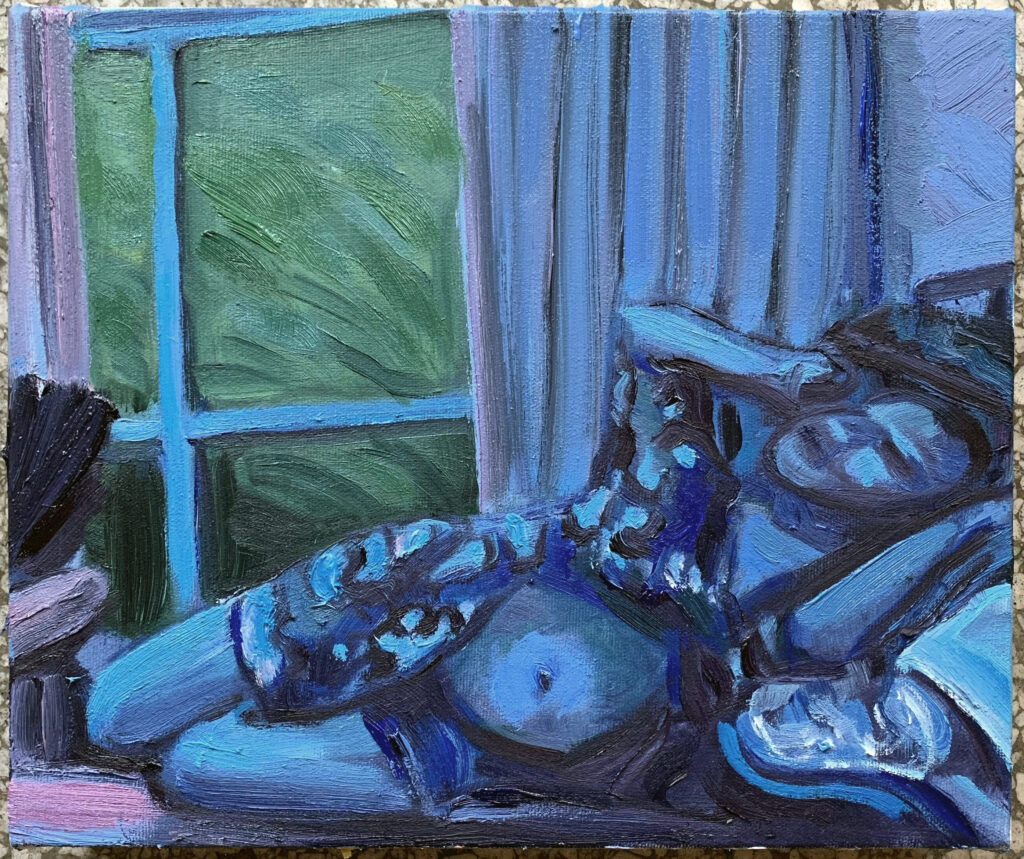
Blue Reverie (study), oil on canvas, 8″ x 10″, 2023
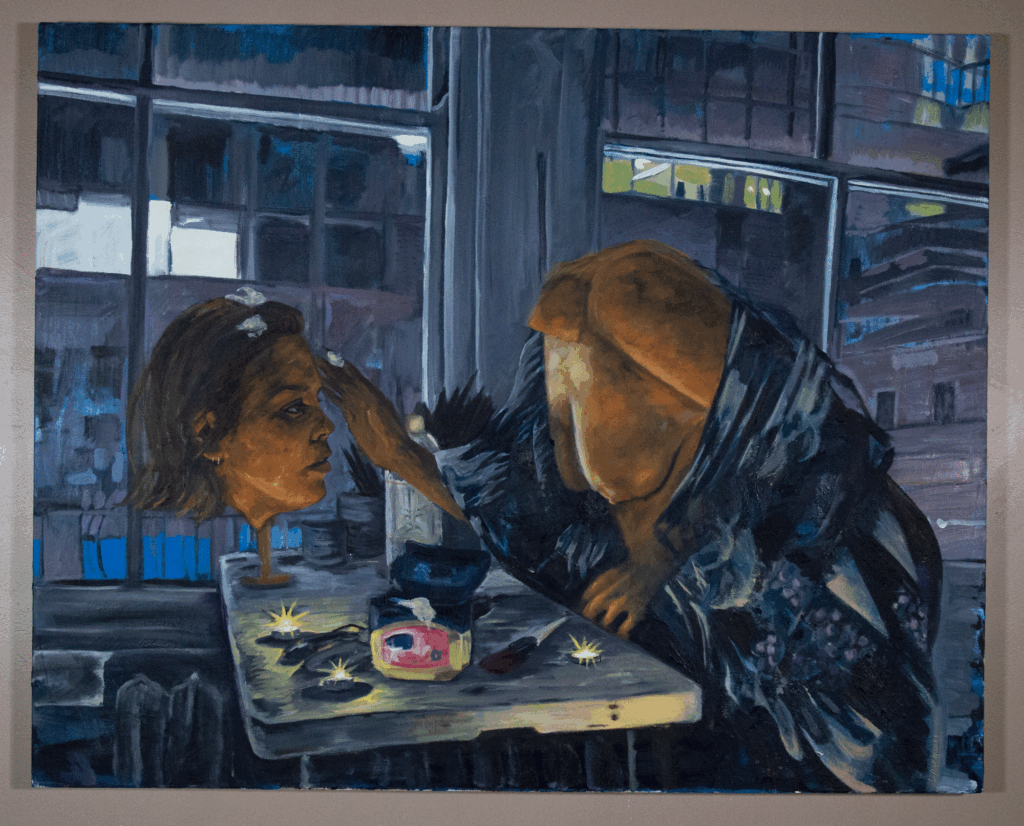
Rêve acéphale, oil on canvas, 2020

Samhain Self Portrait, oil on canvas, 48″ x 42″, 2021
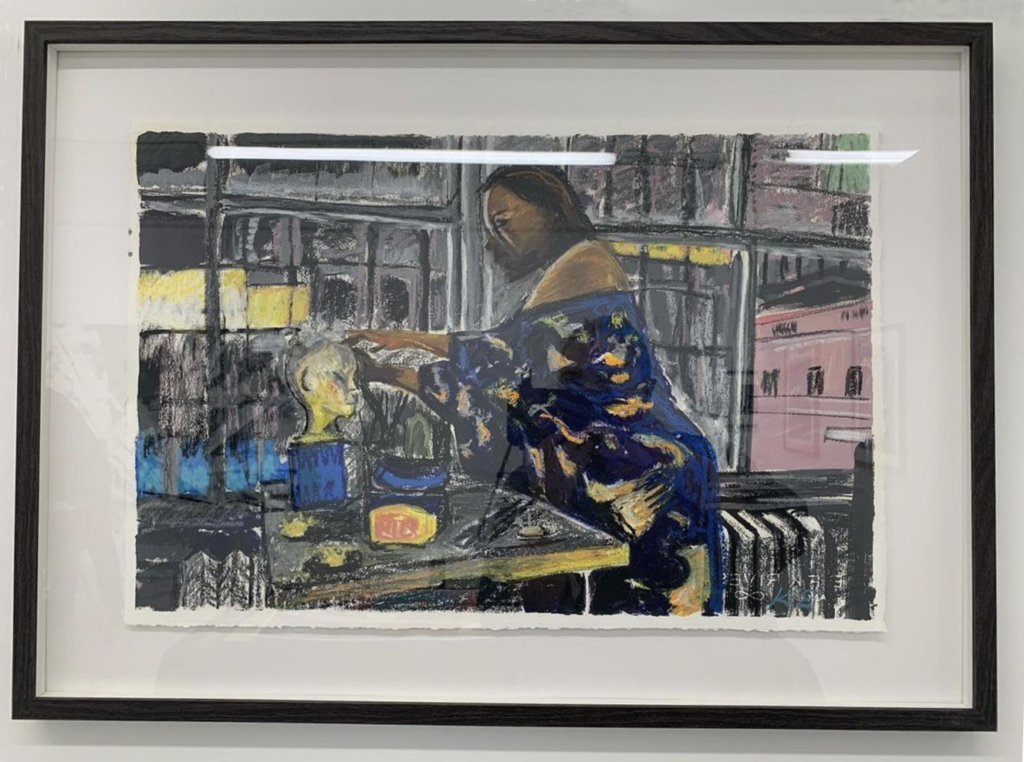
Night Studio, oil and oil pastel on Arches paper, 15” x 22”, 2021
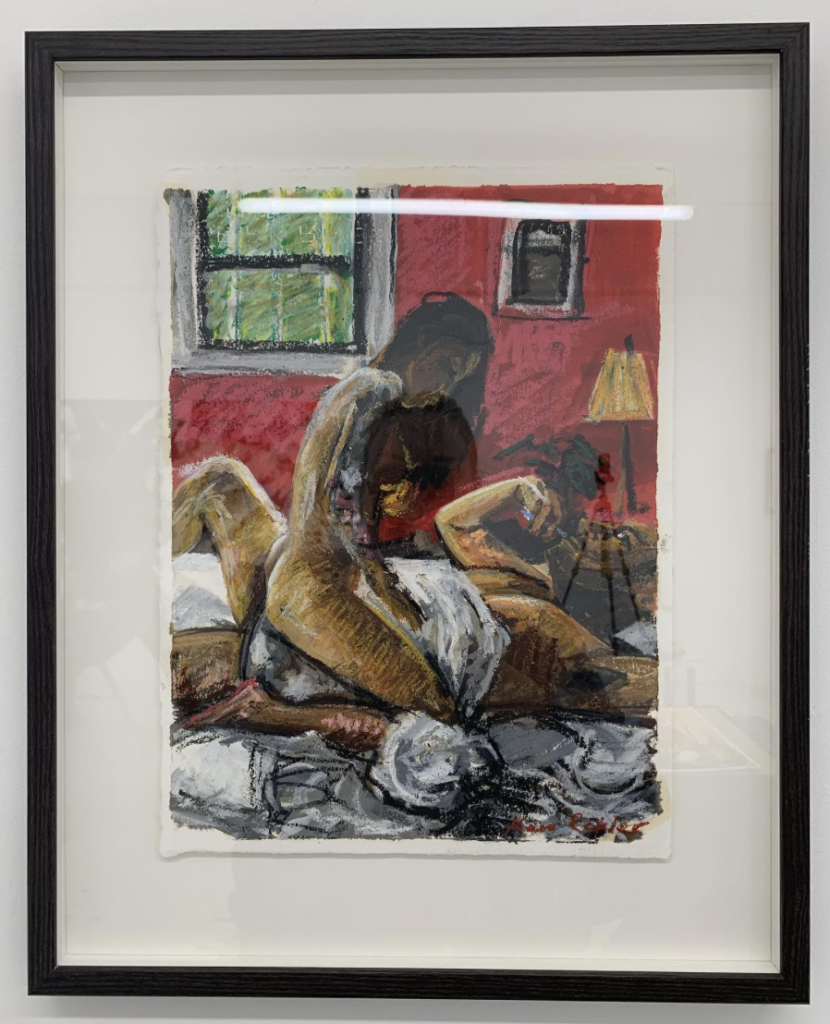
Inhale, oil and oil pastel on Arches paper, 15”x11”, 2021 (sold)
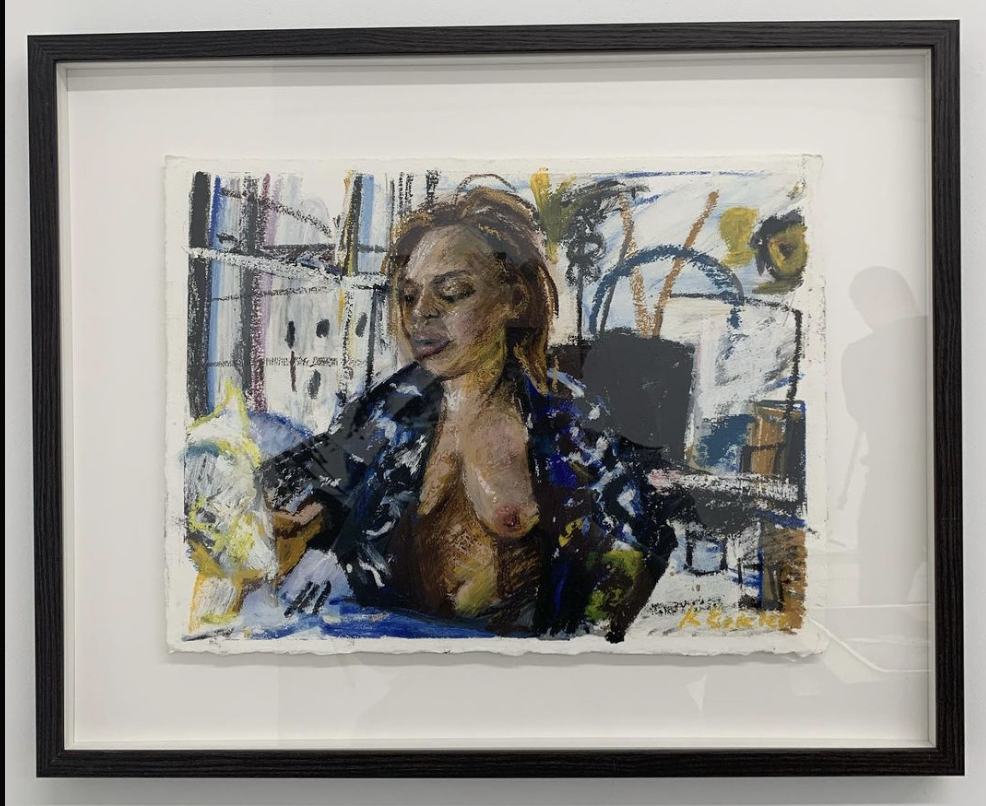
Autoportrait, oil and oil pastel on Arches paper, 11”x15”, 2021 (sold)
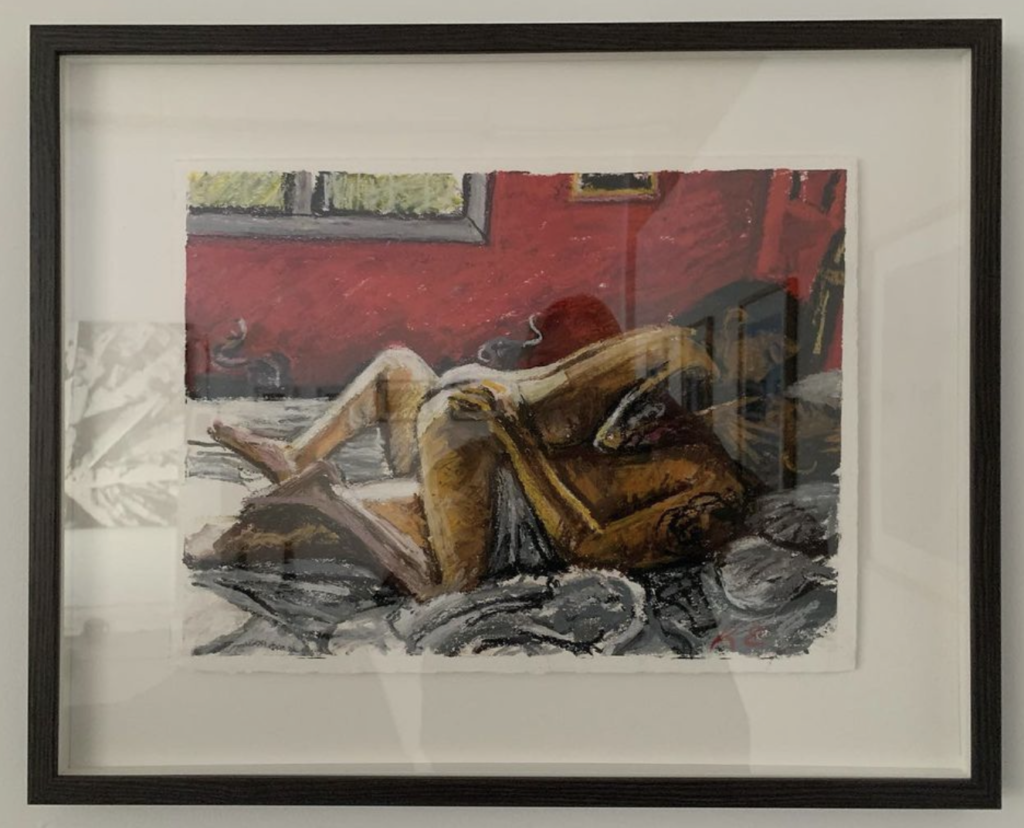
Exchange, oil pastel on Arches paper, 11”x15”, 2021, private collection.
